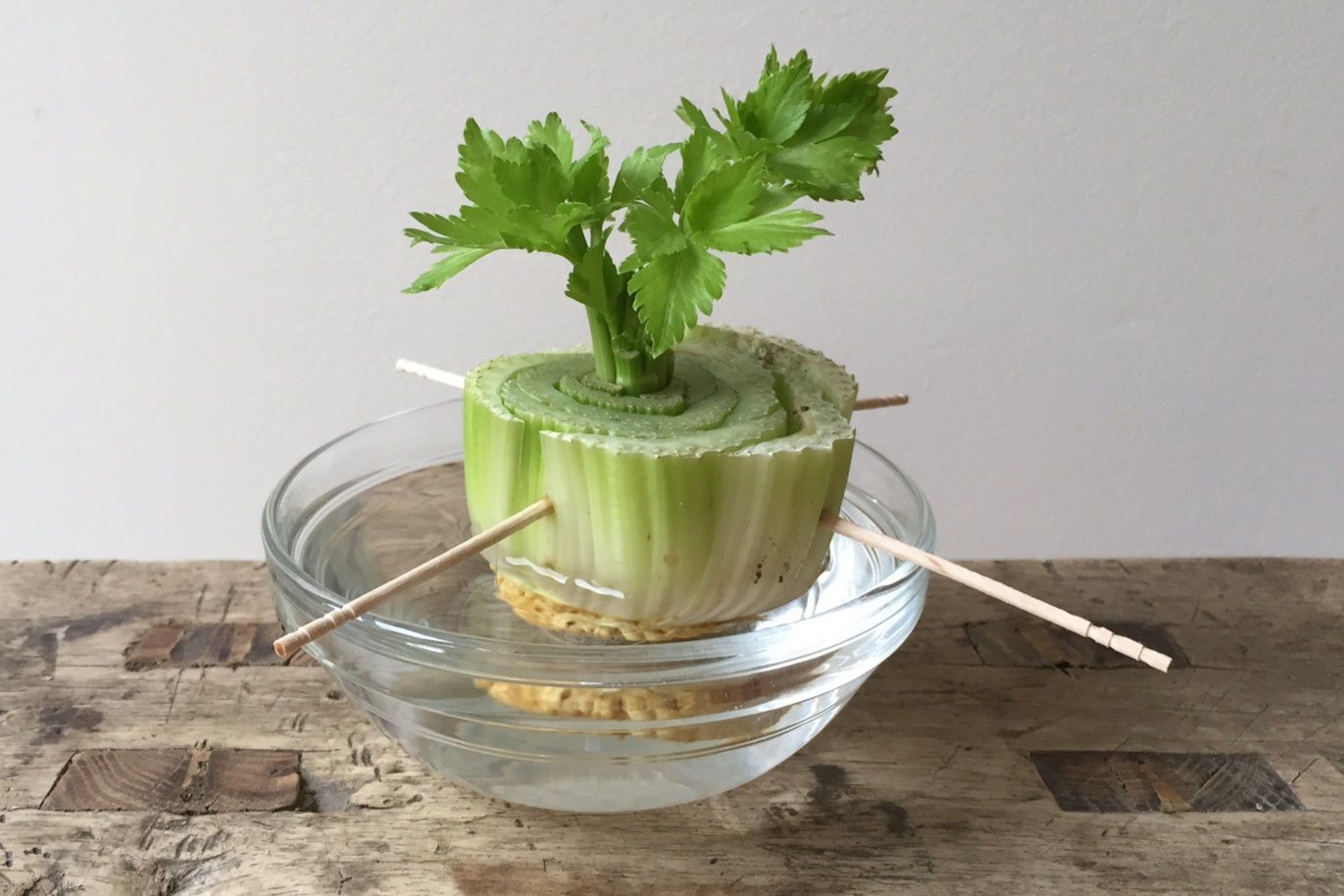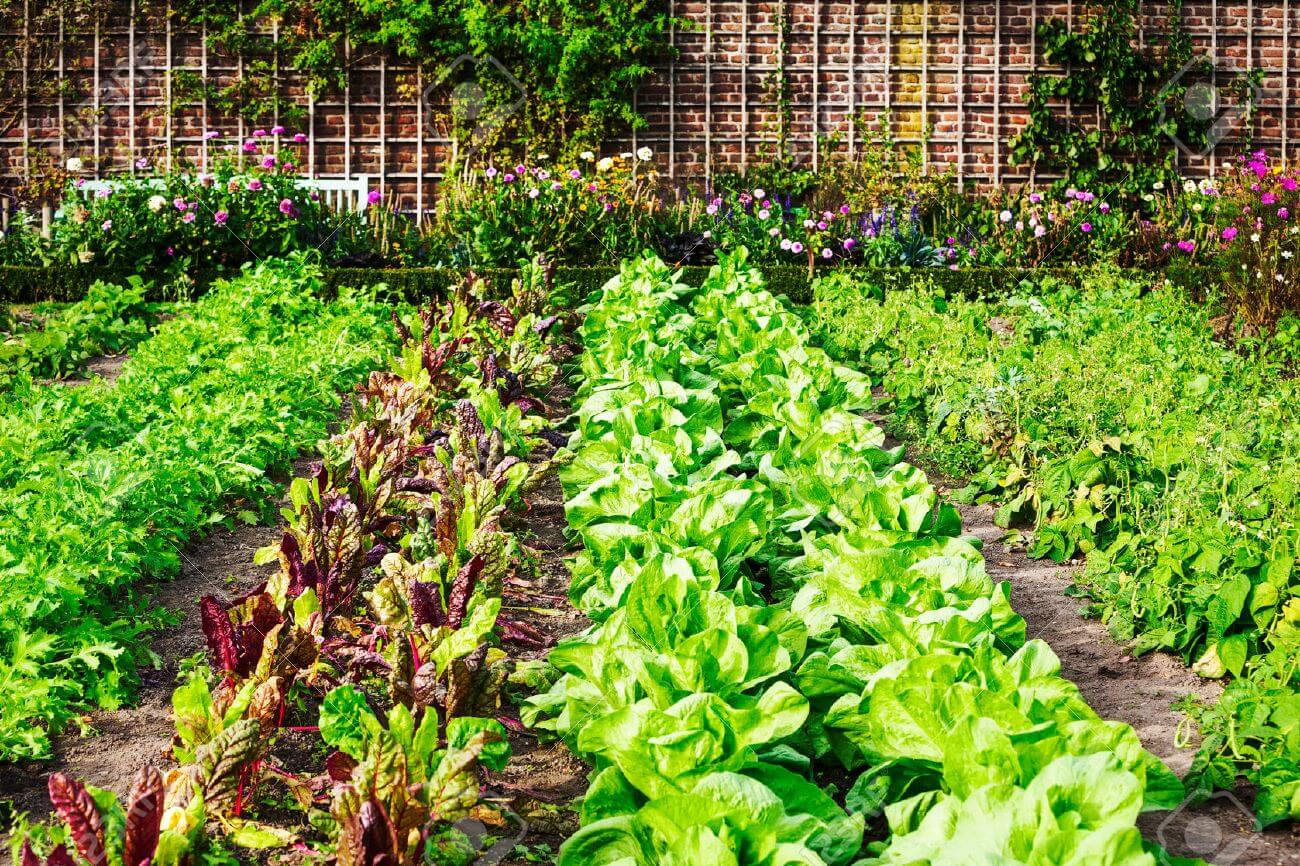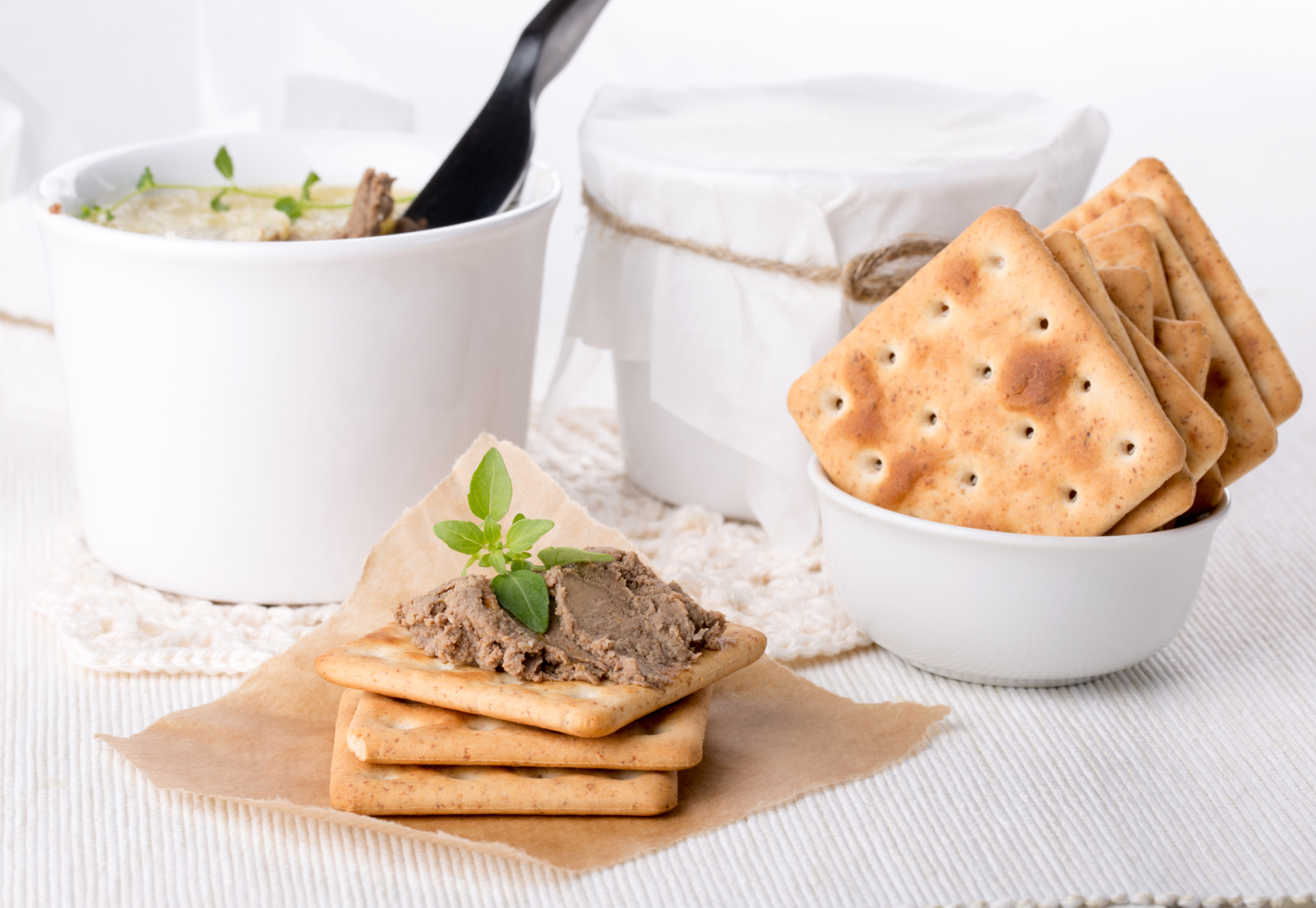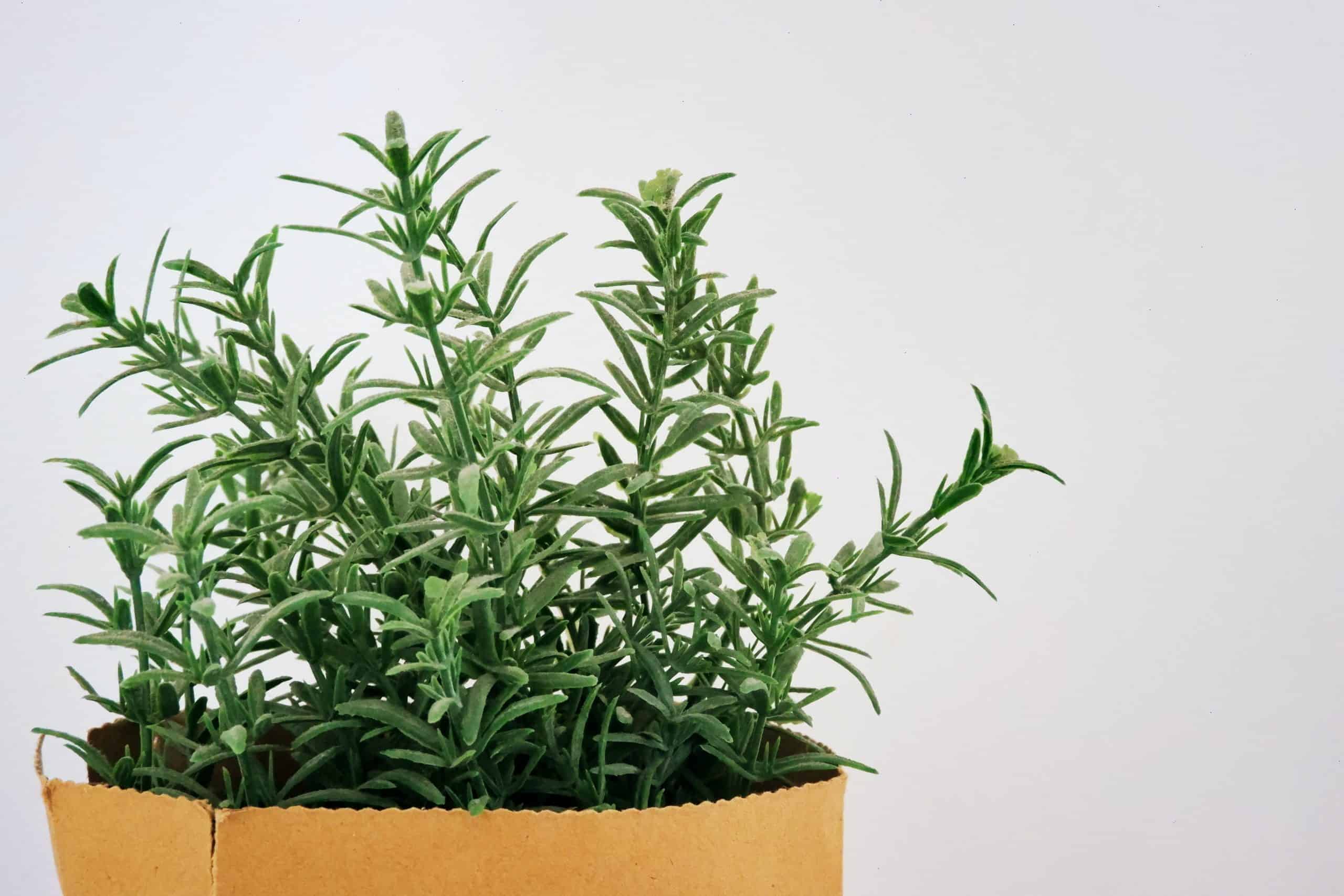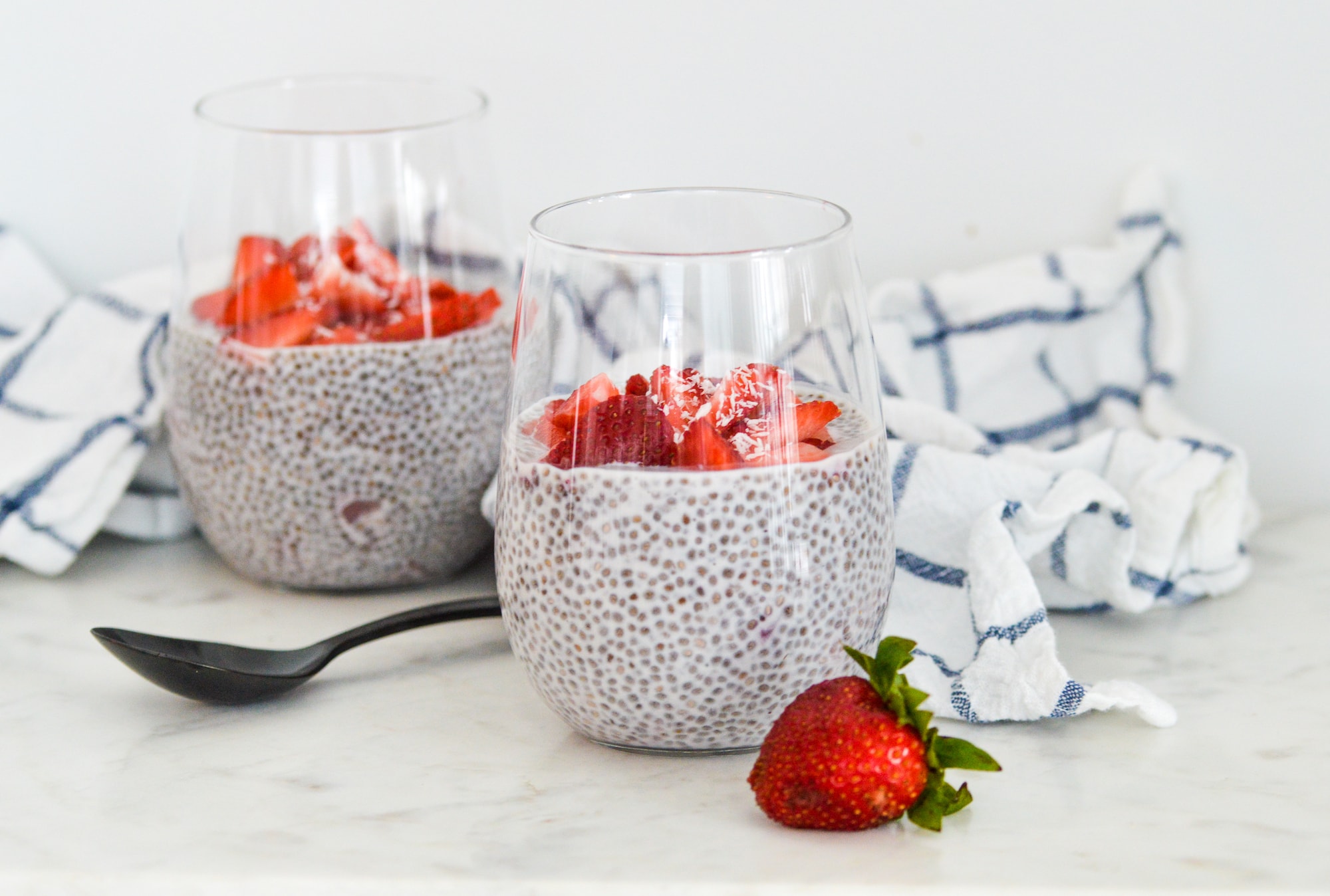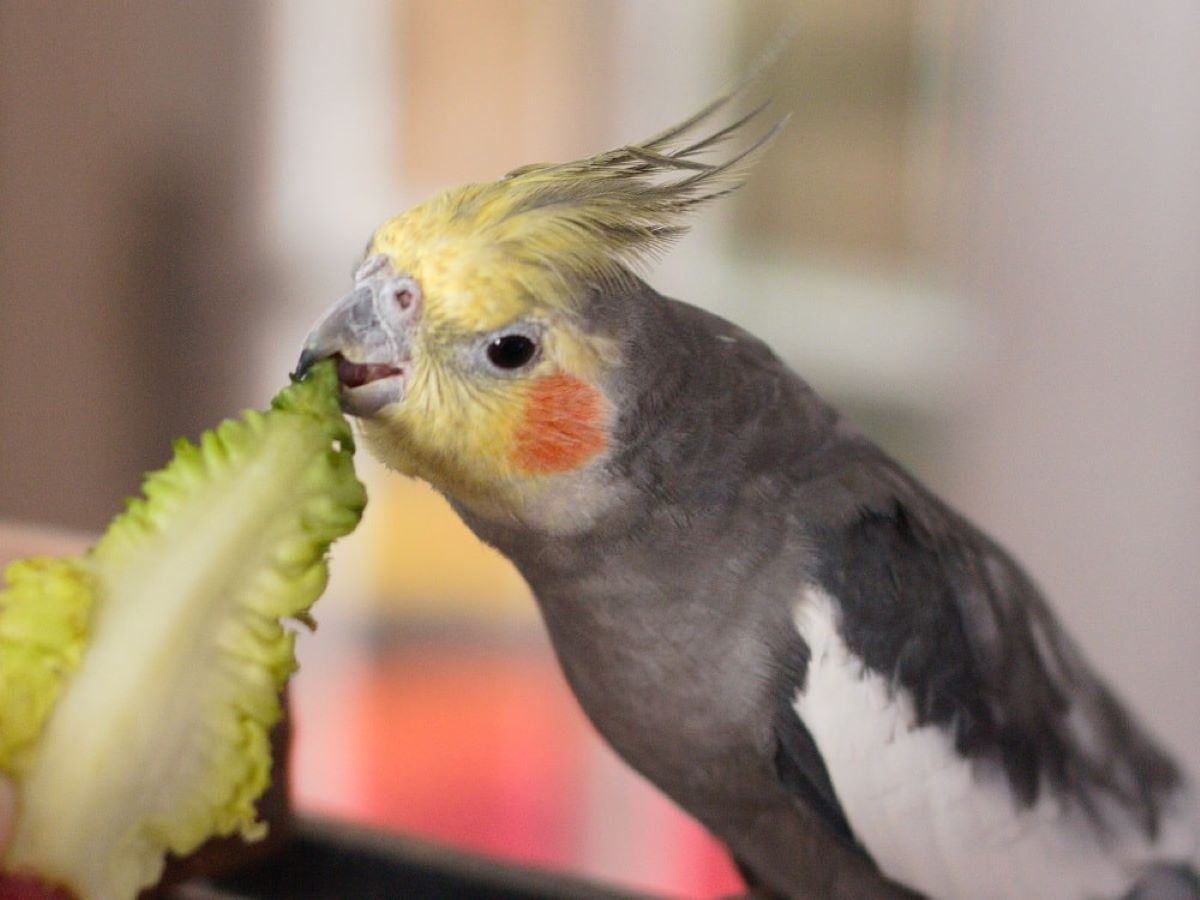Home>Types of Gardening>Container Gardening>What Vegetables Can I Grow In Pots


Container Gardening
What Vegetables Can I Grow In Pots
Modified: February 9, 2024
Discover the best vegetables you can grow in pots with container gardening. Start your own urban garden and enjoy fresh produce right at home.
(Many of the links in this article redirect to a specific reviewed product. Your purchase of these products through affiliate links helps to generate commission for Chicagolandgardening.com, at no extra cost. Learn more)
Table of Contents
- Introduction
- Benefits of Growing Vegetables in Pots
- Choosing the Right Pots for Vegetable Gardening
- Essential Soil and Container Preparation
- Selecting Suitable Vegetables for Container Gardening
- Tips for Successful Vegetable Gardening in Pots
- Common Problems and Solutions
- Harvesting and Maintaining Potted Vegetables
- Conclusion
Introduction
Welcome to the exciting world of container gardening! If you have limited space or lack a traditional garden bed, don’t worry – you can still enjoy the thrill of growing your own vegetables by using pots. Container gardening has gained popularity in recent years, offering a convenient and accessible way to cultivate a variety of plants, including vegetables.
Gardening in pots has several benefits, regardless of whether you have a small balcony, a paved patio, or even an urban rooftop. It allows you to maximize your growing space, customize your garden layout, and have more control over the growing conditions. Plus, it’s a fantastic way for beginners to dip their toes into gardening without the commitment and challenges of traditional gardening methods.
One of the key advantages of container gardening is the flexibility it provides. Since pots offer portability, you can move them around to take advantage of optimal sunlight, shade, or protection from the elements. This means you can still have a thriving vegetable garden even if your outdoor space doesn’t receive full sun all day long.
Container gardening is also ideal for those who rent their homes or have limited mobility. You can take your potted vegetables with you if you move, and the maintenance involved is typically simpler and less physically demanding than traditional gardening tasks.
Furthermore, growing vegetables in pots allows you to overcome common challenges like poor-quality soil, limited growing seasons, or pesky critters. You have more control over the soil composition, watering, and pest management, which can lead to healthier and more productive plants.
In this comprehensive guide to container gardening, we will explore various aspects of growing vegetables in pots. From choosing the right pots and preparing the soil to selecting suitable vegetable varieties and troubleshooting common problems, by the end of this article, you’ll be equipped with the knowledge and confidence to start your own thriving container vegetable garden.
Benefits of Growing Vegetables in Pots
Growing vegetables in pots offers a range of benefits that make it an appealing option for gardeners of all levels of experience. Whether you’re an urban dweller with limited space or a seasoned gardener looking to expand your growing possibilities, here are some of the advantages of container gardening:
- Space Optimization: Container gardening allows you to utilize every inch of available space. Even the smallest balcony or patio can be transformed into a productive vegetable garden by utilizing pots strategically.
- Flexibility: Pots are mobile, meaning you can easily move them to find the best spots for sunlight exposure, protection from harsh weather conditions, or even to showcase your garden to guests.
- Soil Control: Container gardening gives you complete control over the quality of the soil. You can customize the soil mixture to suit the specific needs of each vegetable variety, ensuring optimum growing conditions.
- Manageable Maintenance: Pots make gardening more accessible, especially for those with physical limitations. The smaller scale of container gardening means less bending and digging, making it easier to water, fertilize, and harvest your vegetables.
- Extended Growing Season: Container gardening allows you to extend the growing season by starting your vegetables indoors or moving them inside during colder months. This flexibility means you can enjoy fresh produce for a more extended period.
- Pest Control: Potted vegetables are less susceptible to soil-borne pests and diseases. Additionally, you can easily isolate and protect your pots from pests by using physical barriers or organic pest control methods.
- Aesthetics: Container gardens can be visually appealing, adding a touch of beauty and greenery to your outdoor or indoor living space. With a variety of pot designs and sizes available, you can create a garden that complements your personal style.
By growing vegetables in pots, you can enjoy the satisfaction of harvesting your own fresh produce, even in the most challenging gardening environments. Whether you’re a beginner or an experienced gardener, container gardening provides a multitude of benefits and can be a rewarding and enjoyable way to cultivate your favorite vegetables.
Choosing the Right Pots for Vegetable Gardening
When it comes to container gardening, selecting the right pots is crucial for the success of your vegetable plants. Here are some factors to consider when choosing pots for your vegetable garden:
- Size: The size of your pots is important as it directly affects the growth and development of your plants. Larger pots provide more space for root growth and moisture retention, which can result in healthier and more productive plants. For most vegetables, aim for pots that are at least 12 inches in diameter and have a depth of at least 10 inches.
- Drainage: Proper drainage is essential to prevent waterlogged soil, which can lead to root rot and other issues. Look for pots that have drainage holes at the bottom to allow excess water to escape. If the pot you choose doesn’t have drainage holes, you can drill them yourself or use a liner with drainage holes to ensure adequate drainage.
- Material: Pots can be made from various materials, each with its own advantages and characteristics. Terracotta or clay pots are popular choices as they offer good airflow and drainage. However, they can be prone to drying out quickly and may require more frequent watering. Plastic or resin pots are lightweight, durable, and retain moisture better. Fabric pots are also gaining popularity due to their excellent drainage and root aeration.
- Insulation: Depending on your climate, you may want to consider pots with insulating properties. In colder regions, materials like thick plastic or foam may help protect the roots from freezing temperatures. Conversely, in hot climates, pots with light-colored exteriors can help reflect sunlight and prevent overheating of the roots.
- Aesthetics: While functionality is essential, don’t forget to consider the aesthetics of your pots. Choose pots that complement your gardening style and the overall look of your outdoor or indoor space. This can add an extra touch of beauty and charm to your vegetable garden.
Remember to match the size of your pot with the growth habit of the vegetable you plan to grow. Smaller plants like herbs or lettuce can thrive in smaller pots, while larger plants like tomatoes or peppers will require larger, more spacious containers.
By selecting the right pots for your vegetable garden, you provide an optimal growing environment for your plants, ensuring they have enough space, proper drainage, and suitable insulation. This sets the stage for healthy and vigorous growth, leading to a bountiful harvest of homegrown vegetables.
Essential Soil and Container Preparation
Proper soil and container preparation are essential for the success of your container vegetable garden. Here are some crucial steps to follow:
- Selecting the Right Soil: Start by choosing a high-quality potting mix specifically formulated for container gardening. Avoid using garden soil or topsoil, as they may not provide the necessary drainage and nutrient levels. Potting mixes are lightweight, well-draining, and usually contain a blend of organic matter, perlite, vermiculite, and other additives to promote healthy root growth.
- Prepping the Containers: Before planting, clean your containers thoroughly. If reusing old containers, sanitize them with a mixture of water and household bleach to remove any potential pathogens. Rinse the containers well afterward to ensure no residue remains. This step helps prevent the spread of diseases or pests from previous plantings.
- Adding Drainage Material: To improve drainage, you can add a layer of gravel, broken pottery shards, or even a commercial drainage material at the bottom of the pot before adding the soil. This prevents the roots from sitting in excess water and promotes healthy root development.
- Filling the Containers: Fill your containers with the chosen potting mix, leaving about an inch of space at the top to allow for watering. Gently firm the soil, but avoid compacting it too much. Ensure the potting mix is evenly distributed in the pot to provide a uniform growing environment for your vegetables.
- Moistening the Soil: Before planting your vegetable seedlings or seeds, it’s important to moisten the soil in the containers. This can be done by lightly watering the potting mix until it is evenly damp, but not waterlogged. Moist soil creates a favorable starting environment for the roots to establish and grow.
Once the soil is prepared and the containers are filled, you’re ready to begin the exciting process of planting your vegetable seeds or transplants. Remember to follow the specific instructions for each vegetable variety regarding planting depth, spacing, and care requirements.
By giving attention to soil and container preparation, you create an optimal growing environment for your vegetable plants. The right soil composition and proper container hygiene set the stage for healthy root development, nutrient uptake, and overall plant growth.
Selecting Suitable Vegetables for Container Gardening
Container gardening opens up a wide range of possibilities when it comes to growing vegetables. While some plants may require more space and care than others, there are plenty of vegetable varieties that thrive in containers. Here are some factors to consider when selecting suitable vegetables for your container garden:
- Size and Growth Habit: Choose vegetable varieties that are well-suited for container gardening. Look for compact, bushy, or dwarf varieties that don’t require extensive spreading or trellising. This ensures that the plants can grow and develop properly within the confines of the pot.
- Root Depth: Consider the depth of your pots when selecting vegetables. Some plants have shallow root systems and can thrive in shallower pots, while others, like tomatoes or carrots, have deeper roots and require larger, deeper containers.
- Light Requirements: Assess the amount of sunlight your container garden receives and choose vegetables accordingly. Most vegetables need at least six hours of direct sunlight per day. If your space has limited sunlight, opt for shade-tolerant varieties like lettuce, spinach, or herbs.
- Mature Plant Size: Take into account the space limitations of your containers and choose vegetables that won’t outgrow the pot. Avoid overcrowding by selecting plants that will comfortably fit within the pot and allow for proper air circulation.
- Harvest Yield: Consider the yield potential of the vegetables you choose. Some vegetables, like leafy greens or herbs, have continuous harvest and can provide you with multiple harvests throughout the growing season. Other plants, such as tomatoes or peppers, have a more concentrated harvest period.
- Companion Planting: Keep in mind the compatibility of different vegetable varieties when planning your container garden. Some plants have natural affinities and can benefit each other when grown together, while others may compete for resources or be susceptible to the same pests or diseases.
Some popular vegetables that are well-suited for container gardening include tomatoes, peppers, lettuce, spinach, radishes, bush beans, herbs, and dwarf varieties of cucumbers and zucchini. However, don’t be afraid to experiment with other vegetables as well!
When selecting suitable vegetables for container gardening, consider factors such as size, root depth, light requirements, mature plant size, harvest yield, and companion planting. This thoughtful selection process sets the stage for a thriving and productive container vegetable garden.
Tips for Successful Vegetable Gardening in Pots
Growing vegetables in pots can be a rewarding and successful endeavor with the right techniques and practices. Here are some tips to help you achieve success in your container vegetable garden:
- Choose the Right Location: Place your pots in a location that receives adequate sunlight for the specific vegetable varieties you are growing. Most vegetables need at least 6 hours of direct sunlight per day to thrive. If your space is limited, consider using portable pots that can be moved to follow the sun throughout the day.
- Water Regularly: Container plants tend to dry out faster than those in the ground. Check the moisture level of the soil regularly, and water your plants whenever the top inch of soil feels dry. Avoid overwatering or allowing the pots to sit in standing water, as it can lead to root rot.
- Fertilize appropriately: Nutrient-rich soil is essential for healthy plant growth. Start with a quality potting mix that contains organic matter and slow-release fertilizer. As the plants grow, supplement with a balanced liquid fertilizer or organic options to provide them with the nutrients they need.
- Prune and Trim: Regularly inspect your plants and prune away any yellowed or damaged leaves to maintain their overall health. For plants like tomatoes or peppers, pinch off side shoots and trim top growth to promote better fruit production and prevent overcrowding.
- Support for Climbing Plants: If you’re growing climbing plants like cucumbers or peas, provide support such as trellises or stakes to help them grow vertically. This not only maximizes space but also promotes better air circulation and reduces the risk of diseases.
- Pest Control: Monitor your plants regularly for any signs of pests or diseases. Use organic pest control methods like handpicking insects or spraying a mixture of water and mild soap to deter pests. Companion planting with pest-repellent herbs can also help keep unwanted visitors at bay.
- Regular Harvesting: Harvest your vegetables regularly to encourage continuous growth and prevent the plants from becoming overcrowded. Regularly picking mature vegetables also promotes better flavor and prolongs the harvest season.
- Rotate Crops: To prevent nutrient depletion and the buildup of pests and diseases, practice crop rotation. Switch the location of your pots or change the crops you grow in them each year to maintain soil fertility and overall plant health.
By following these tips, you can create an environment that promotes healthy growth, reduces the risk of problems, and maximizes the yield of your container vegetable garden. Remember to stay attentive to the needs of your plants and adjust your gardening practices as necessary.
Common Problems and Solutions
While container gardening offers many advantages, like any type of gardening, it can come with its fair share of challenges. Here are some common problems you may encounter in your container vegetable garden and effective solutions to tackle them:
- Dry or Overwatered Soil: Finding the right balance of watering can be tricky. If your soil is drying out too quickly, consider using pots with a larger water-holding capacity or adding water-retaining additives like vermiculite or coconut coir to the soil. On the other hand, if your soil is consistently waterlogged, improve drainage by ensuring your pots have sufficient drainage holes and using well-draining soil mixes.
- Nutrient Deficiencies: Container plants can deplete nutrients more quickly than plants in the ground. To prevent nutrient deficiencies, regularly feed your plants with a balanced liquid fertilizer or organic options. You can also enhance soil fertility by periodically incorporating compost or organic matter into the potting mix.
- Pest Infestation: Pests like aphids, snails, or caterpillars can be a common problem in container gardens. Regularly inspect your plants for signs of pest damage and take prompt action. Use organic pest control methods such as applying neem oil or introducing beneficial insects like ladybugs or lacewings to keep the population under control.
- Diseases: Fungal and bacterial diseases can affect container-grown vegetables, especially in humid or crowded conditions. To prevent diseases, ensure proper air circulation around your plants by spacing them appropriately and providing support for climbing varieties. Avoid overhead watering, as it can promote the spread of fungal diseases. If disease does occur, remove affected plant parts and consider using organic fungicides or disease-resistant varieties.
- Root Bound Plants: Over time, container plants can become root bound, where the roots occupy the entire pot, leading to stunted growth and reduced productivity. To prevent this, regularly check the roots and repot your plants into larger containers as necessary. Gently loosen the root ball during transplantation to encourage new root growth.
- Extreme Temperatures: Container gardens are more susceptible to temperature fluctuations compared to plants in the ground. During hot summer months, provide shade or move pots to a cooler location during the hottest part of the day. In colder weather, protect plants from frost by moving them indoors or covering them with frost protection blankets.
By being proactive and addressing these common problems promptly, you can maintain the health and vitality of your container vegetable garden. Regular monitoring, timely interventions, and implementing preventive measures will ensure that your plants thrive and produce a bountiful harvest.
Harvesting and Maintaining Potted Vegetables
One of the most rewarding aspects of container gardening is the joy of harvesting your own fresh vegetables. To ensure maximum flavor and continued productivity, it’s essential to know when and how to harvest, as well as how to maintain your potted vegetables. Here are some tips:
- Harvesting: Each vegetable has its own optimal harvesting time, so familiarize yourself with the specific requirements of the vegetables you’re growing. When it’s time to harvest, use sharp garden shears or scissors to cut mature vegetables from the plant, avoiding any unnecessary damage to the remaining fruits or foliage.
- Continued Care: After harvesting, continue to care for your potted vegetables to extend their productivity. Remove any dead or dying foliage, as well as spent flowers or fruits. This will encourage the plants to redirect their energy towards producing new growth and more vegetables.
- Watering: Maintain a consistent watering schedule to keep your plants hydrated, especially during hot periods or dry spells. Water the soil directly, aiming to keep it evenly moist without overwatering. Avoid wetting the foliage, as this can promote the development of fungal diseases.
- Fertilizing: As your plants continue to grow and produce, they will benefit from regular fertilization. Apply a balanced liquid fertilizer according to the instructions on the packaging or opt for organic fertilizers to provide essential nutrients for sustained growth and productivity.
- Pruning and Training: Trim back any excessive foliage or overgrown branches to maintain good airflow and prevent overcrowding. For climbing plants like beans or cucumbers, regularly train them onto trellises or supports to ensure proper growth and prevent tangling.
- Pest and Disease Monitoring: Regularly inspect your plants for signs of pests or diseases. Early detection allows for prompt intervention and minimizes the risk of extensive damage. Use organic pest control methods or organic disease control products to manage any infestations or infections.
- Succession Planting: Utilize the space in your containers efficiently by practicing succession planting. Once a vegetable is harvested, replant the space with another crop, ensuring a continuous supply of fresh vegetables throughout the growing season.
By adhering to these practices of harvesting and maintaining potted vegetables, you can enjoy a prolonged harvest and the satisfaction of knowing that your container garden is consistently productive. Remember that regular care and attention are key to the ongoing success of your potted vegetable plants.
Conclusion
Container gardening provides a fantastic opportunity to grow your own fresh vegetables, regardless of the space limitations you may have. By following the tips and guidelines discussed in this article, you can create a successful and thriving container vegetable garden.
We explored the benefits of container gardening, including the flexibility, space optimization, and control it offers. We discussed the importance of choosing the right pots, preparing the soil, selecting suitable vegetables, and implementing essential practices for successful gardening.
From watering and fertilizing to pest control and harvesting, each step plays a vital role in maintaining healthy and productive plants. Regular monitoring, attentive care, and adapting to the unique needs of your vegetable varieties will ensure a bountiful harvest and a rewarding gardening experience.
Remember that container gardening is a journey of learning and experimentation. It may take some trial and error to find the optimal conditions for your specific plants and growing environment. Try new vegetable varieties, explore different potting mixes, and embrace the joy of nurturing your plants from seedlings to a flourishing harvest.
So, whether you have a small balcony, a patio, or just a sunny windowsill, don’t let limited space discourage you from growing your own vegetables. With the right knowledge, preparation, and care, you can enjoy the satisfaction of harvesting and enjoying your own homegrown produce.
Get creative, have fun, and let your container vegetable garden be an expression of your green thumb and passion for fresh, flavorful, and nutritious food—all right from the convenience of your own home.

